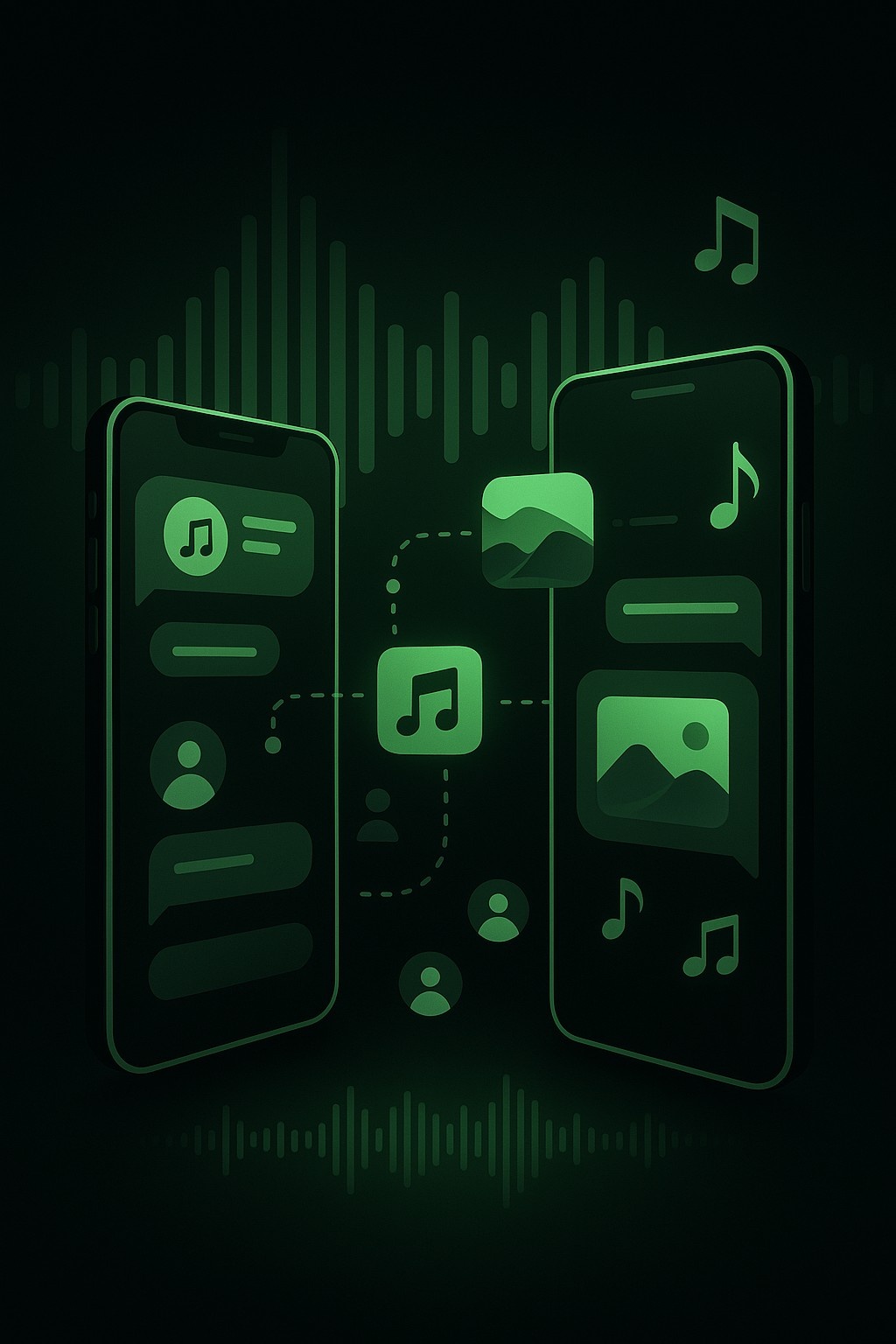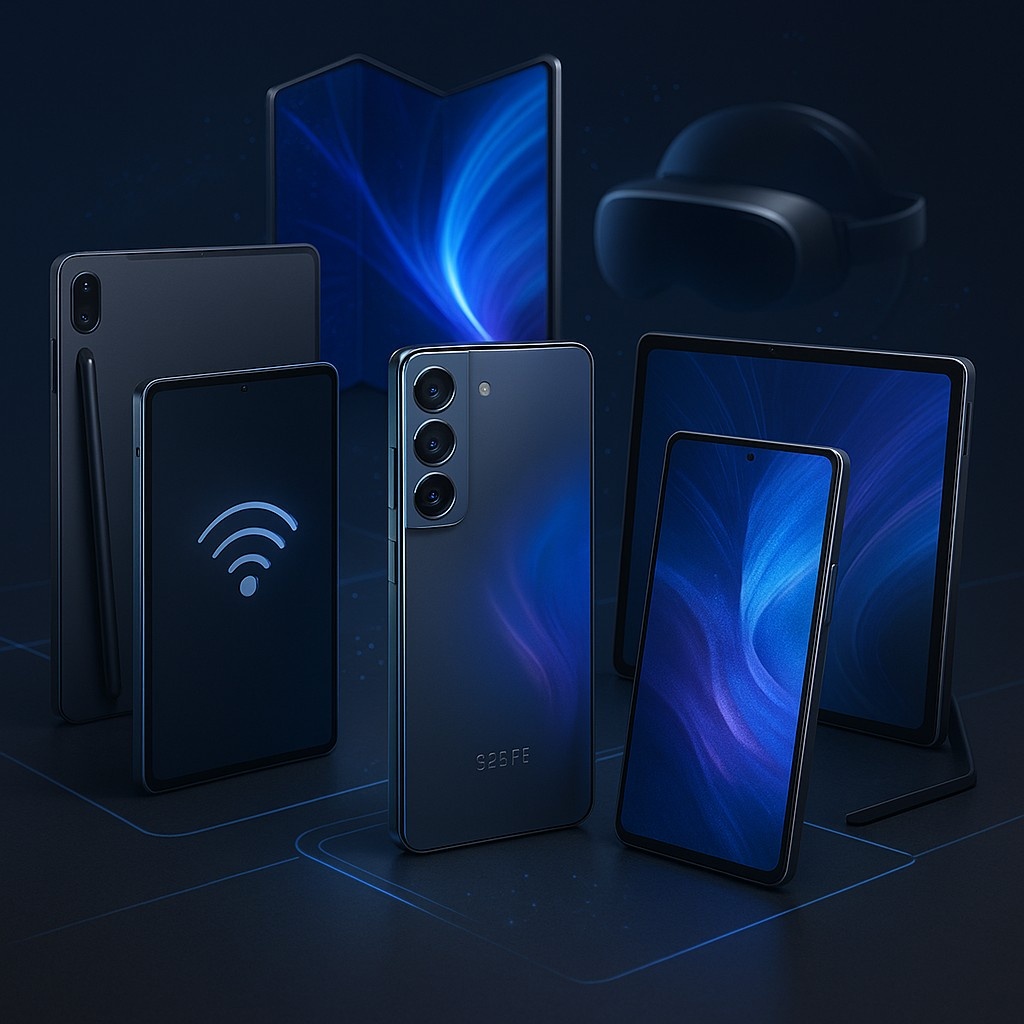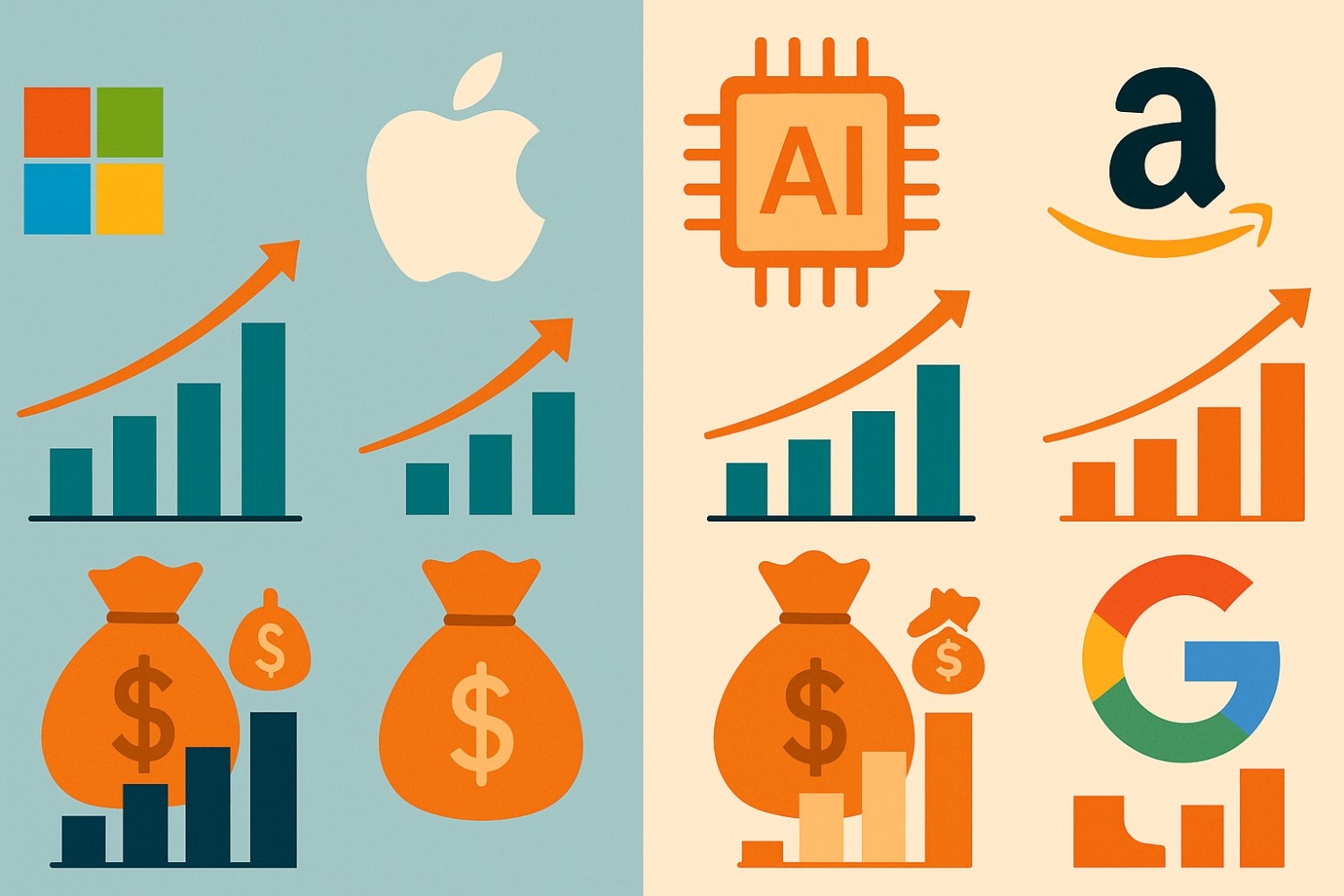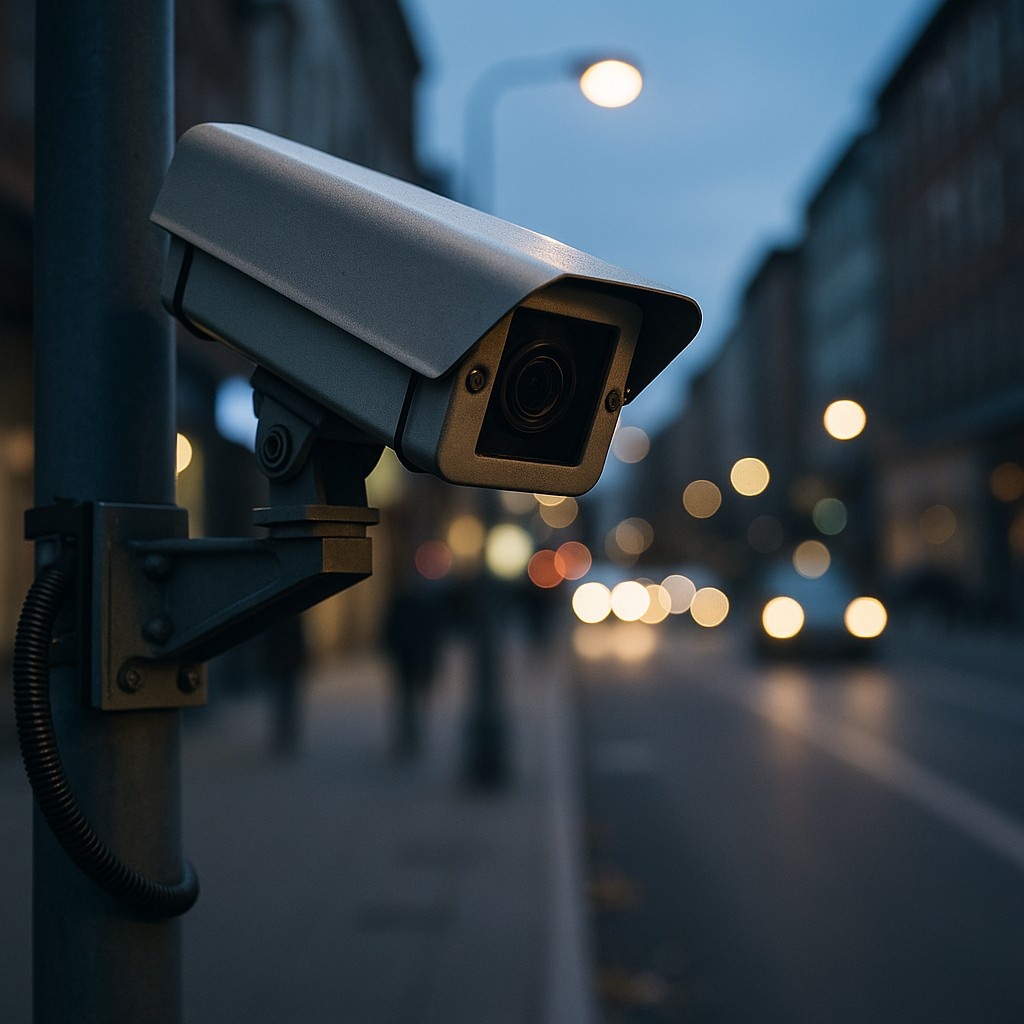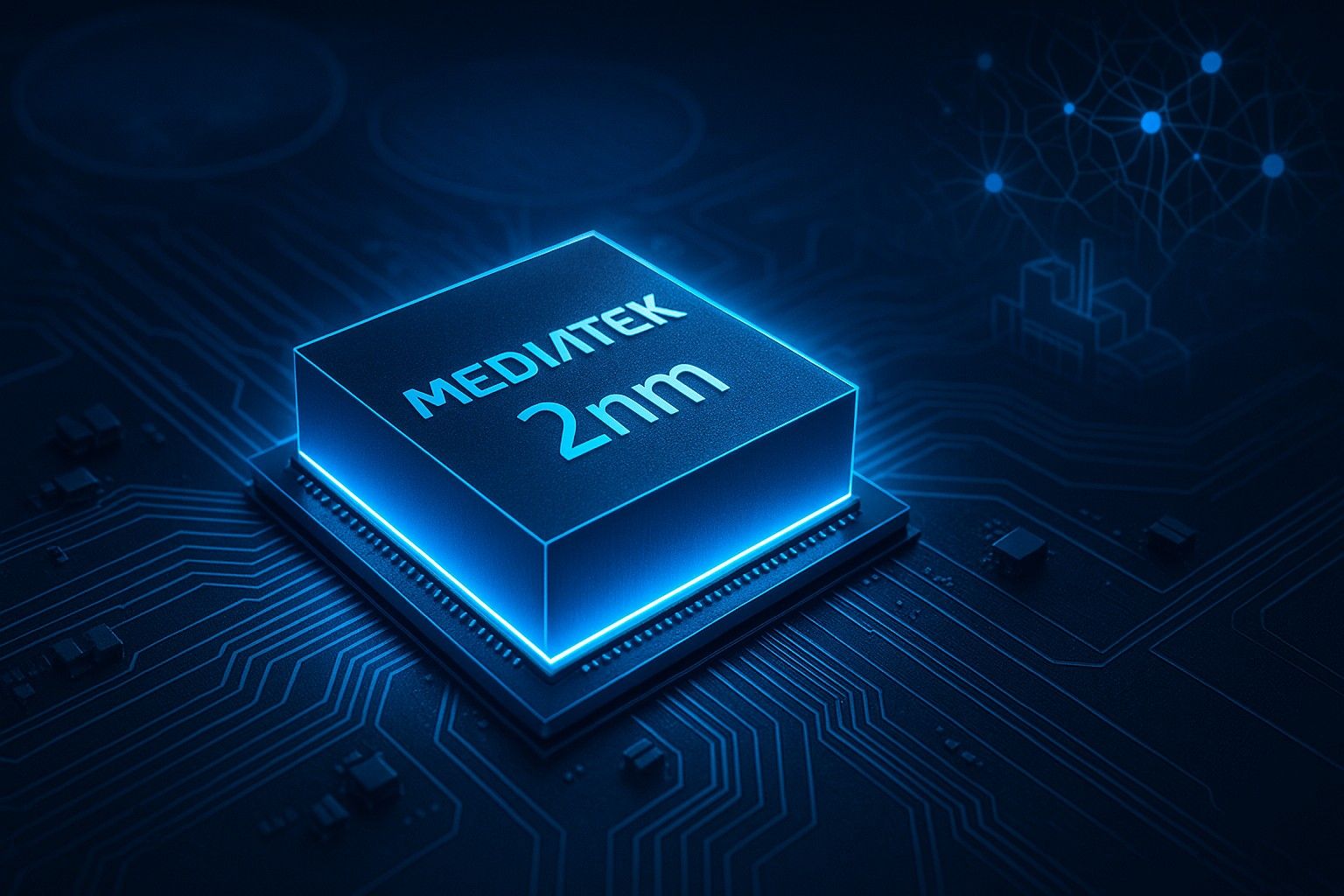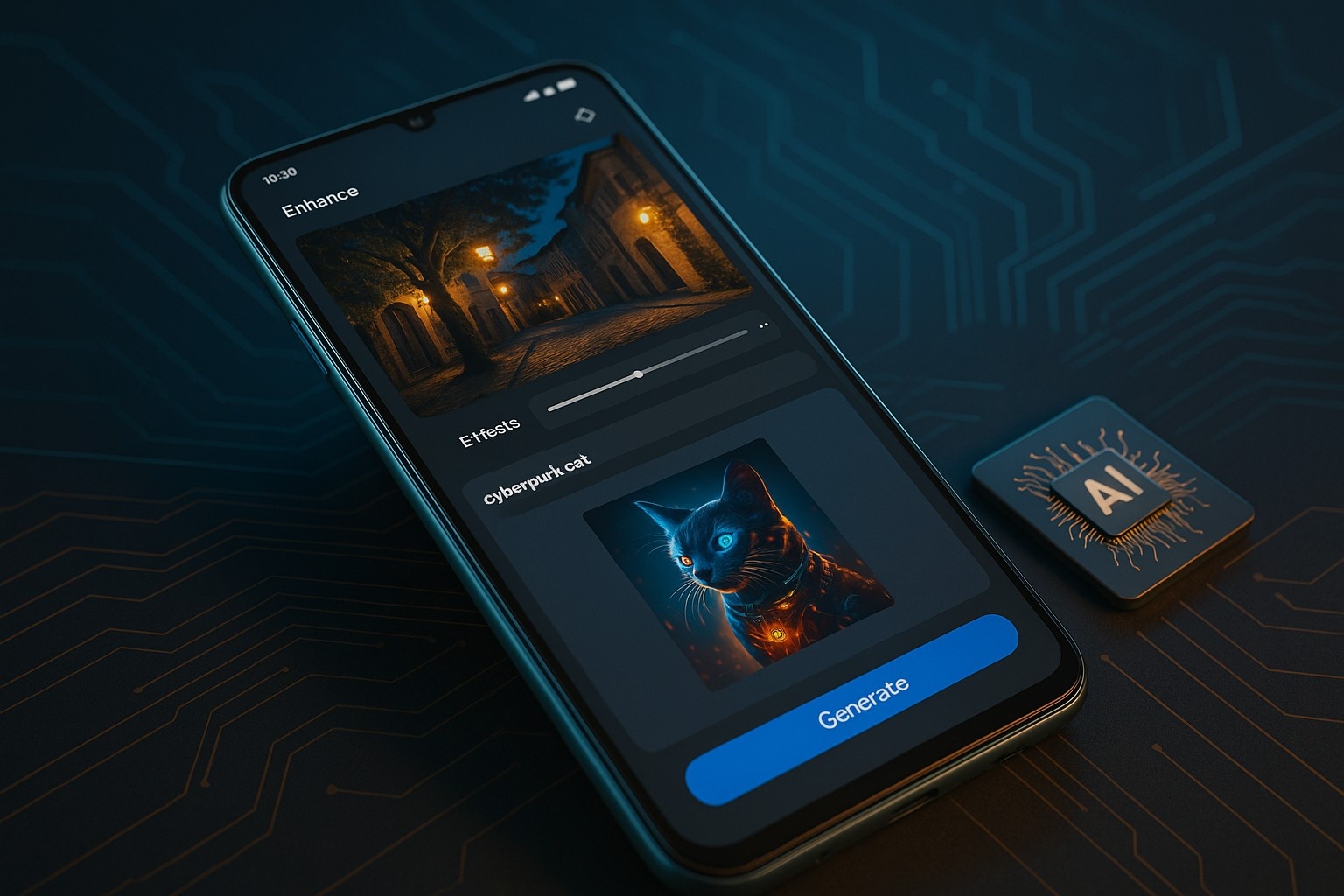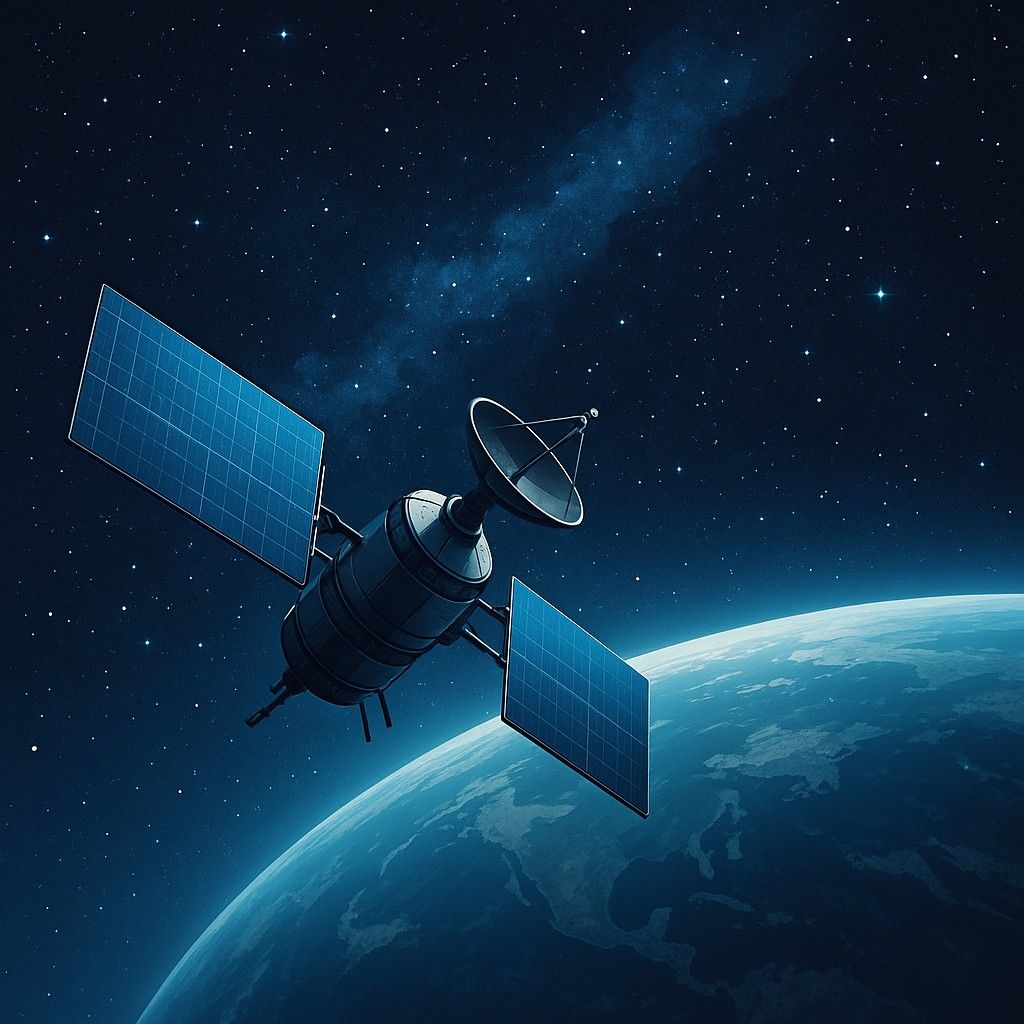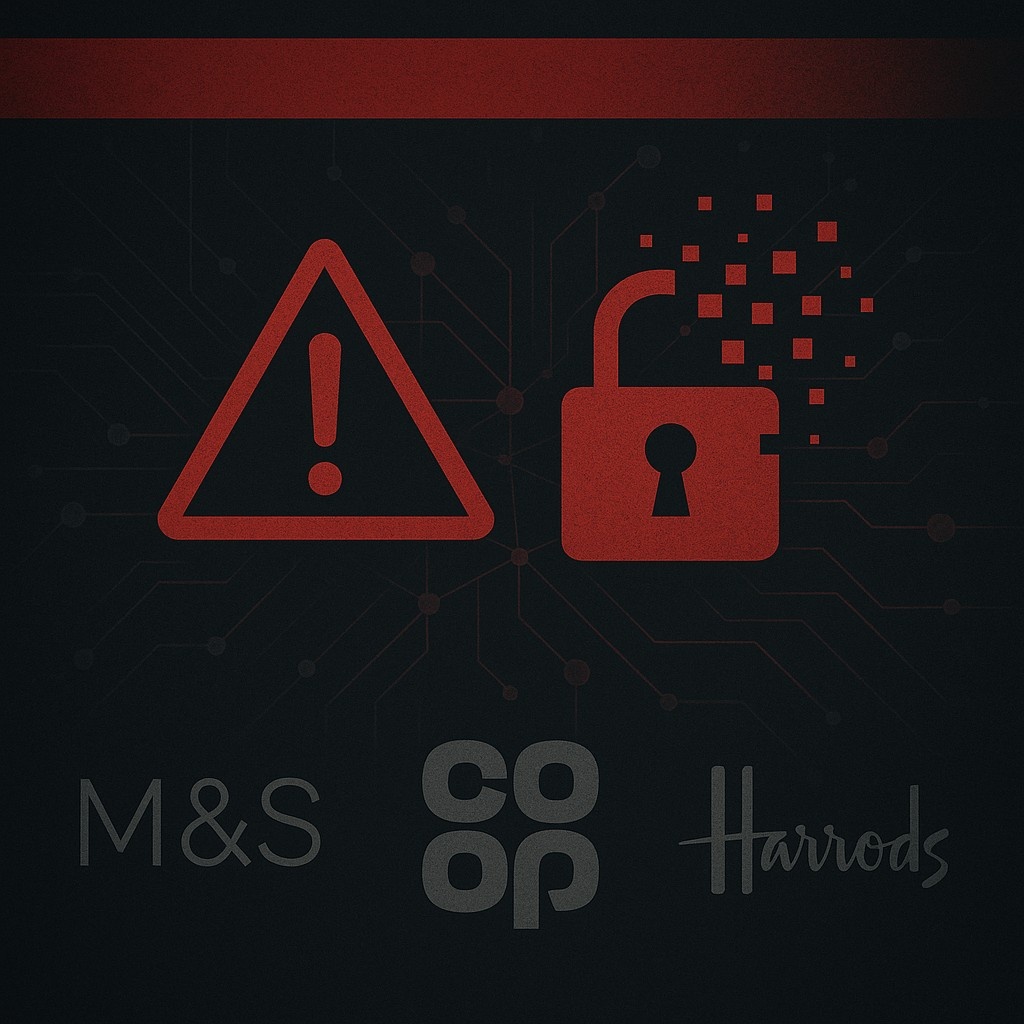Spotify Adds Direct Messaging
The streaming giant seeks more social engagement from its users.
Spotify has taken another big step beyond just being a music streaming service. In late August, the company launched a brand-new direct messaging feature inside its app. The goal is clear: Spotify wants to become more than just a place where you press play—it wants to be a social hub for music lovers, a place where conversations about songs, artists, and playlists happen in real time.
What the New Messaging Feature Does
With this new feature, Spotify users can now:
- Send private messages to their friends directly in the app.
- Share not just links to songs, but also text messages, emojis, images, and even short voice notes.
- Create group chats around playlists, so a circle of friends can chat about tracks as they listen.
- Even message artist profiles—though whether artists reply is still up to them.
Essentially, it’s a full DM system built into Spotify, designed to stop people from leaving the app to use WhatsApp, Instagram, or iMessage to talk about music.
The design ties into Spotify’s existing friend activity feed and its following system, making it easy to chat with people you’re already connected to. The addition of voice clips also shows Spotify is borrowing cues from social apps like WhatsApp and Telegram.
Why Spotify Is Doing This
Spotify has over 550 million users worldwide, and for years it has been trying to get people to spend more time inside the app. Data likely shows that people already share music with friends constantly—but usually they share outside of Spotify. Every time that happens, the company loses valuable engagement.
By adding messaging directly, Spotify is betting it can:
- Keep users glued to the app longer.
- Build stronger communities around playlists and music.
- Encourage viral sharing inside Spotify’s ecosystem instead of relying on external apps.
In other words, Spotify wants to own the entire music-sharing experience, not just the playback.
Spotify’s Past Attempts at Social Features
This is not Spotify’s first attempt at being social:
- It once had an inbox feature where users could send songs to each other. But it was shut down in 2017 due to low usage.
- It integrated heavily with Facebook, letting people see what friends were playing.
- It experimented with Stories for artists and with Greenroom, a live audio chat app similar to Clubhouse.
Some of these worked; others fizzled out. The new direct messaging system feels like Spotify’s most ambitious attempt yet to blend music and social networking in one platform.
The Benefits for Users
- Group Chats Around Playlists
Imagine building a party playlist and chatting in real time with friends about which songs to add or skip. - Private Reactions
Send a friend a voice note about how a lyric hit you—music becomes a conversation, not just a one-way experience. - Closer Connection With Artists
Even if artists don’t respond personally, fans can at least send messages and feel a sense of interaction. - Music Discovery
When friends chat inside the app, new songs and playlists are more likely to spread virally.
The Challenges Spotify Faces
While the potential is exciting, building messaging into a music app is risky:
- Content Moderation: Direct messages invite spam, harassment, and abuse. Spotify will need strong systems for blocking, reporting, and filtering.
- Do People Want This?: Many users are already overwhelmed with chat apps. There’s a chance Spotify DMs could go unused, much like YouTube’s short-lived messaging experiment.
- Privacy Concerns: Even with encryption, people may hesitate to use Spotify for private chats when they already trust WhatsApp or Signal.
- Focus Drift: Some users argue Spotify should focus on long-requested features like HiFi audio quality instead of chasing social media functions.
Industry Comparisons
Spotify isn’t the first to try this. Other platforms have had mixed results:
- YouTube launched in-app messaging in 2017 but killed it in 2019 due to low usage.
- TikTok, on the other hand, has succeeded by making social interaction core to its platform.
- Apple Music still relies mostly on sharing links externally, not native messaging.
Spotify is clearly hoping its scale and music-centered user base will make direct messaging a stickier feature than it was for YouTube.
What This Means for Artists and Creators
For artists, this could open up a new form of direct fan engagement. An artist could:
- Share exclusive updates in private messages.
- Spark buzz around new tracks by encouraging playlist-based conversations.
- Build mini-communities right inside Spotify without needing Instagram or TikTok.
If Spotify balances artist-fan messaging well, it could help strengthen artists’ loyalty to the platform.
What’s at Stake for Spotify
Spotify is in an increasingly competitive market. Apple Music, Amazon Music, YouTube Music, and even TikTok are all vying for listeners’ attention. Simply offering the largest library of songs isn’t enough anymore.
By making the app more interactive and community-driven, Spotify is trying to:
- Differentiate itself from rivals.
- Boost daily active users.
- Create “stickiness” so people don’t churn to other platforms.
The long-term vision seems clear: Spotify doesn’t just want to be the world’s biggest jukebox. It wants to be the world’s largest audio-based social network.
Final Thoughts
Spotify’s new direct messaging feature represents a bold gamble. On one hand, it could transform the app into a lively community where music is not just listened to but discussed, shared, and celebrated in real time. On the other, it risks being seen as an unnecessary gimmick that distracts from core features like audio quality.
The truth is, music has always been social. From mixtapes to burned CDs to Spotify playlists, people have always wanted to share songs with friends. Spotify is simply betting that by bringing those conversations in-house, it can deepen engagement and cement its role at the center of global music culture.
Whether this gamble pays off will depend on one thing: do users actually want to chat inside Spotify? If they do, Spotify could evolve into something much bigger than a music service. If they don’t, this feature might end up in the same graveyard as Greenroom and the old Spotify inbox.
For now, the company is optimistic—and it’s clear that Daniel Ek’s vision of Spotify as the home of all things audio now includes the conversations around the music too.
